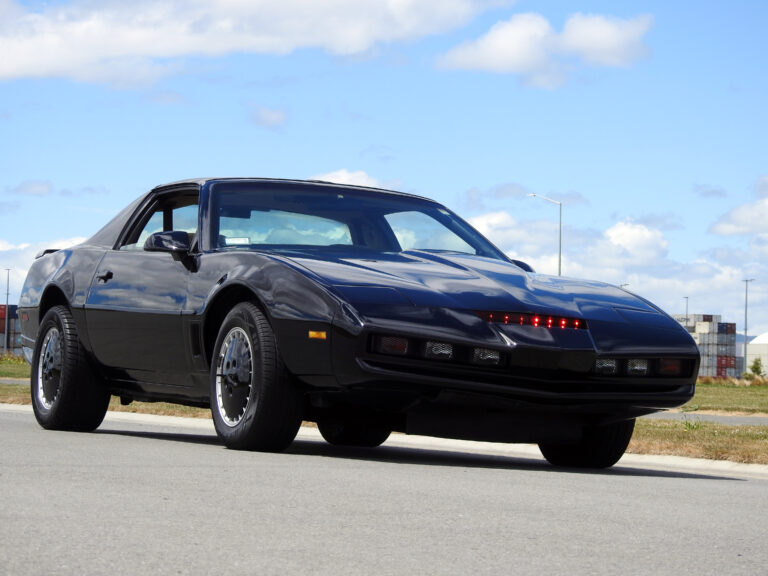The news is rather ironic, considering that Andreas Preuninger, head of Porsche’s GT road car department, was quoted not a month ago claiming that Porsche was not obsessing over Nurburgring lap times … now their new 911 GT3 has managed to lap the ‘Ring with an impressive 12.3 seconds to spare over the previous model.
Equipped with the standard PDK transmission, rear-axle steering, optional carbon ceramic brakes, and Michelin Pilot Sport Cup 2 tyres, the new GT3 was driven by Porsche test pilot, Lars Kern.
Setting a time of 7 minutes 12.7 seconds, it’s among the fastest to ever run the famous German track and represents performance improvement for a car that weighs roughly the same as its outgoing model and makes marginally more power. Significant credit then goes to aero changes between the two that has obviously made a big difference.

However, it’s not the fastest Porsche to tackle the ‘Ring; that is honour is held by the 918 Spyder — cranking out 887hp — which ran a blisteringly 6 minutes 57 seconds to holdthe production car world record up until recently.
But don’t take out word for it, watch as Kern slays the ‘Ring in 7 minutes 12.7 seconds




